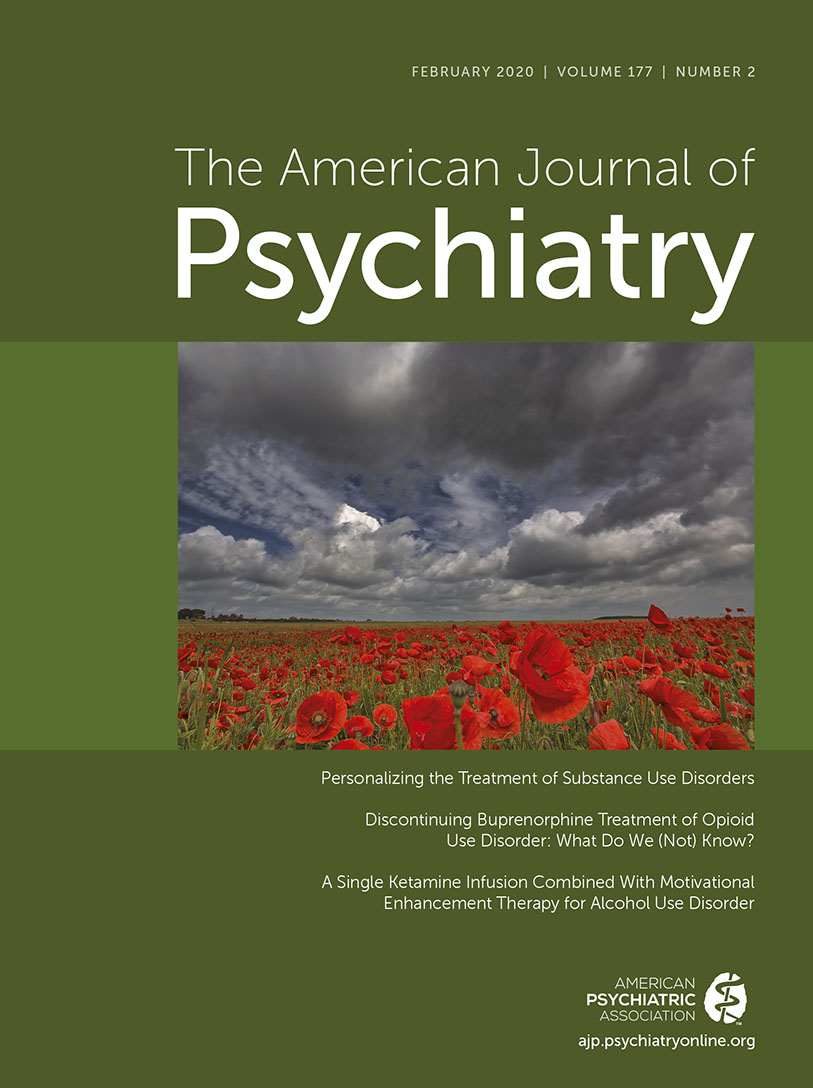Polygenic Risk Score Contribution to Psychosis Prediction in a Target Population of Persons at Clinical High Risk
Abstract
Objective:
The 2-year risk of psychosis in persons who meet research criteria for a high-risk syndrome is about 15%−25%; improvements in risk prediction accuracy would benefit the development and implementation of preventive interventions. The authors sought to assess polygenic risk score (PRS) prediction of subsequent psychosis in persons at high risk and to determine the impact of adding the PRS to a previously validated psychosis risk calculator.
Methods:
Persons meeting research criteria for psychosis high risk (N=764) and unaffected individuals (N=279) were followed for up to 2 years. The PRS was based on the latest schizophrenia and bipolar genome-wide association studies. Variables in the psychosis risk calculator included stressful life events, trauma, disordered thought content, verbal learning, information processing speed, and family history of psychosis.
Results:
For Europeans, the PRS varied significantly by group and was higher in the psychosis converter group compared with both the nonconverter and unaffected groups, but was similar for the nonconverter group compared with the unaffected group. For non-Europeans, the PRS varied significantly by group; the difference between the converters and nonconverters was not significant, but the PRS was significantly higher in converters than in unaffected individuals, and it did not differ between nonconverters and unaffected individuals. The R2liability (R2 adjusted for the rate of disease risk in the population being studied, here assuming a 2-year psychosis risk between 10% and 30%) for Europeans varied between 9.2% and 12.3% and for non-Europeans between 3.5% and 4.8%. The amount of risk prediction information contributed by the addition of the PRS to the risk calculator was less than severity of disordered thoughts and similar to or greater than for other variables. For Europeans, the PRS was correlated with risk calculator variables of information processing speed and verbal memory.
Conclusions:
The PRS discriminates psychosis converters from nonconverters and modestly improves individualized psychosis risk prediction when added to a psychosis risk calculator. The schizophrenia PRS shows promise in enhancing risk prediction in persons at high risk for psychosis, although its potential utility is limited by poor performance in persons of non-European ancestry.




